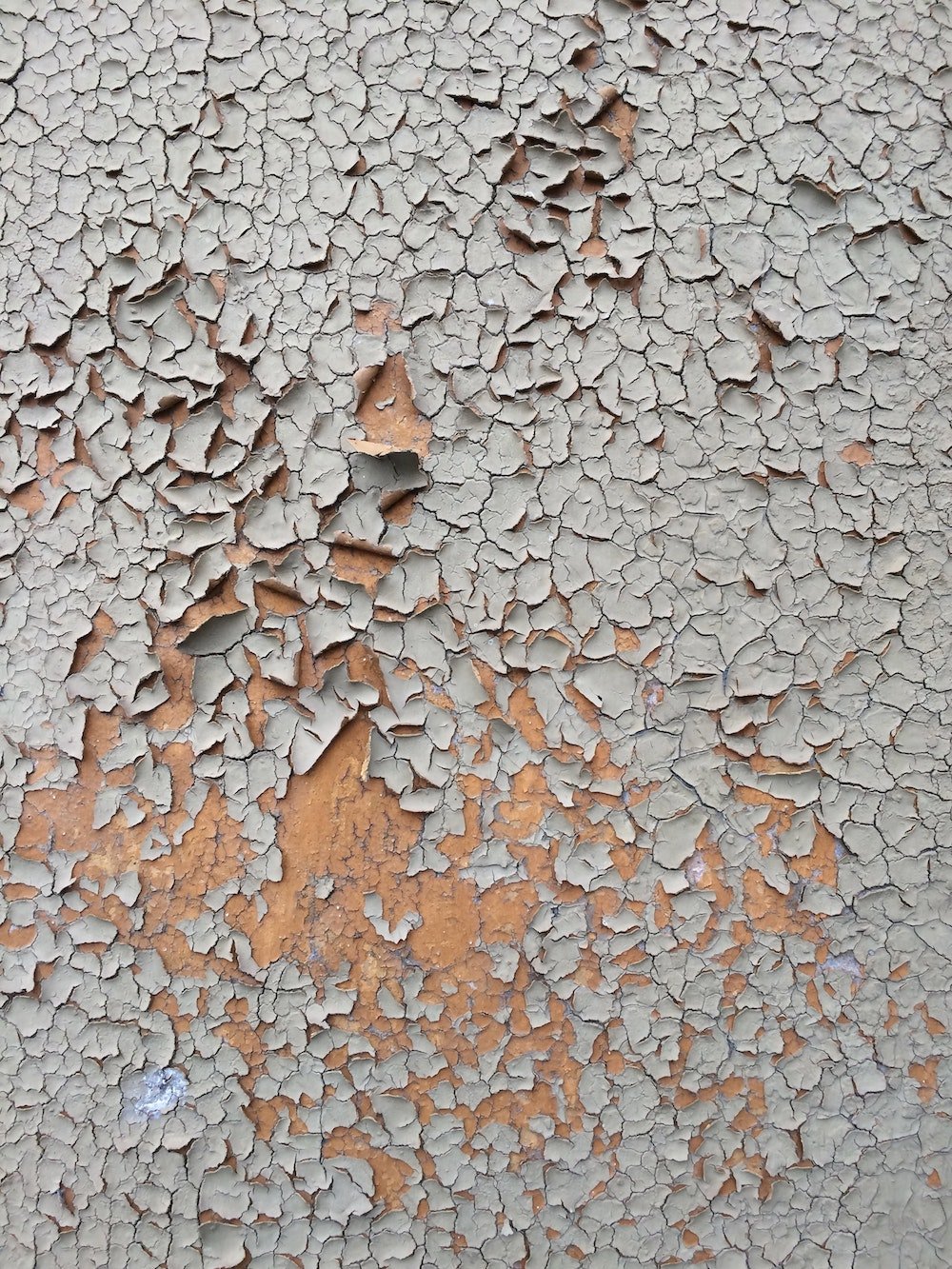How to Improve Skin Texture: Your Best Options
Are you ready to part with those clogged pores? Maybe you’re struggling with the ghosts of high school acne scars, or maybe evening out fine lines is at the top of your to-do list. We know that dead cells are done cells, and the more they build up, the more of a challenge you create for acne-prone skin and enlarged pores.
Improving your skin texture doesn’t have to break the bank, or leave you wondering if you’ll ever recover. Your skin is resilient, and your esthetician is here to show you just how strong it is.
What causes skin texture concerns?
Everyone’s skin has a fair amount of texture. Between sun exposure, genetics, and daily living habits, we are all subject to changes in the texture of our skin. There are a few culprits that contribute to excessive skin texture concerns, and identifying them is the first step to eradication.
Aging and sun damage
Our skin cells are constantly rebuilding. And whether you’re in the throes of the natural aging process or working through premature aging from sun damage, you may notice a loss of facial elasticity, age spots, or excessive wrinkling.
Your personal skin concerns
Everyone has their own set of personal skin concerns. From contact dermatitis to keratosis pilaris, if you’ve ever dealt with skin concerns, you know how frustrating the journey can be to find the right treatment. Maybe your concerns stem from a melanoma gene that runs in your family or those early days of not worrying about SPF because you didn’t know any better. The good news is, there are professional treatments that can address and alleviate uneven skin texture.
Professional treatments to help even skin texture
As the skin care industry evolves, so does the technology it utilizes. In fact, even the most unique of skin care concerns have their very own treatment. There’s no one-stop shop for every concern, but the ones we discuss in this article are pretty close to perfect.
Chemical peels
Chemical peels have been on the rise and are highly regarded for their simple application and maintenance process. Most chemical peels aim for the same outcome, to remove the top layers that are inundated with scarring, hyperpigmentation, wrinkles, or other concerns. Using active ingredients like salicylic acid, lactic acid, and glycolic acid, chemical peels offer an array of intensity and target alleviation.
Chemical peels provide a skin resurfacing experience, allowing you to choose the strengths of the peel depending on the skin's concern. Prior to scheduling a chemical peel, it’s important to review your medical history and discuss your concerns with your esthetician.
Nano Infusion or microneedling, based on your skin
Based on your skin type, Nano Infusion or microneedling might be the exact treatment to cure what ails you. Nano Infusion punctures the outermost layer of your skin while microneedling reaches deeper into the dermal layer. For deep-rooted scarring or facial lines, microneedling might be just what the doctor ordered. These non-surgical procedures prick the skin at different depths and trigger the skin's natural healing response.
Nano Infusion boosts circulation, ramps up collagen production, and enhances your skin's ability to heal itself. Your esthetician will be there every step of the way to help you determine which process is more aligned with your needs and will benefit your skin type and set of concerns.
DMK Enzyme Therapy
DMK Enzyme Therapy is a favorite among estheticians as it helps to flush out toxins and free radicals all through a reverse osmosis system. Enzyme therapy causes your blood vessels to become dilated, opening up a greater, more oxygen-rich flow of blood to your skin. This extra burst of oxygen offers nourishment to the skin, and the enzymes within stimulate your lymphatic system, all in the name of optimal skin functionality.
Products to use in your routine for at-home results
It would be everything to be able to have an in-house esthetician who helps you with your skincare routine every single day. But the next closest thing is taking stock of your skincare products and checking in with your esthetician to see if they truly align with your skin's needs.
Use an exfoliating cleanser
If you’re not using an exfoliating cleanser, add one to your cart. You may be using an alpha hydroxy acid-based cleanser, or a sensitive skin salicylic acid cleanser, and the more consistent you are, the softer your complexion will become. The goal is to eradicate dead skin cells and leave your skin brighter, glowing, and ready to absorb all of the nourishing ingredients in the rest of your skincare products.
Consider adding retinol to your routine
Retinol is the classic go-to among anti-aging and exfoliation enthusiasts. It’s considered classic due to its proven success as one of the best vitamin A derivatives to address most of the concerns that come along with sun damage, aging, and acne. Adding retinol into your routine will help quicken your cell turnover rate, causing your skin to purge all unwanted bacteria and dead skin to create smooth skin with an unmatched radiance.
Always moisturize and apply SPF daily
SPF is your skin's best friend. Combining your favorite sunscreen with your preferred moisturizer is the best approach to keeping your skin protected and hydrated. Harmful UV rays can’t be bothered with how badly you need a tan, and they’ll work to age your skin no matter what your intention is in the sunlight. For best practice, incorporate this combination into your morning routine to protect your skin daily from the sun.
Let Lafrance Aesthetics help you reach your skincare goals!
At Lafrance Aesthetics, we’re always looking to connect our clients with the best possible outcomes for their skin. If you’re new to the aesthetics world, we’d love to guide you through the process of helping you define what skincare looks like for you. Connect with us through our website and schedule your consultation today!

